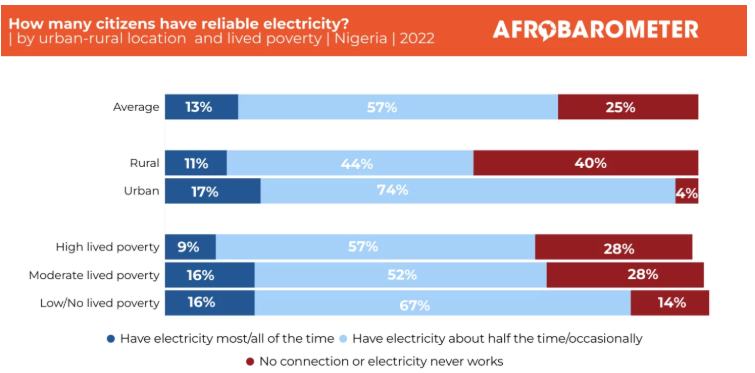Climate change is no longer a theoretical debate — it is a measurable crisis, accelerating faster than predicted.The World Meteorological Organization (WMO) has confirmed that 2024 was the warmest year on record, with global temperatures averaging 1.55°C above pre-industrial levels. This makes 2024 the first year to exceed the 1.5°C warming threshold set by the Paris Agreement. The WMO’s report also highlights the significant impacts of these high temperatures, including extreme weather events and rising sea levels. Behind these statistics lie floods in Lagos, heatwaves in India, and food insecurity across the Sahel.
While policies shape climate commitments, it is STEM — Science, Technology, Engineering, and Mathematics — that drives climate solutions. From predicting extreme weather to engineering low-carbon infrastructure, STEM is not optional; it is strategic.
STEM Powers Precision: Data, Modelling & Forecasting
Climate science relies on accurate data to model, forecast, and mitigate risks. Without it, responses are delayed or misaligned. Remote sensing, artificial intelligence, and geospatial analytics are helping scientists predict wildfires, manage water resources, and track emissions with unprecedented accuracy.
Fact: The African continent loses $7–15 billion annually to climate-related disasters — projected to rise to $50 billion by 2030 if adaptation does not accelerate.

Engineering for Adaptation: Infrastructure That Withstands
Rising sea levels, flooding, and drought demand new forms of infrastructure. STEM-trained engineers are designing coastal barriers, green buildings, and solar-powered irrigation systems. Innovation isn’t just about new technologies — it’s about contextual design, using local knowledge and sustainable materials.
Fact: Africa’s rapid growth and urbanization – the continent’s population is projected to reach 2.4 billion by 2050 –presents both opportunities and challenges. With more than half of urban residents living in informal settlements lacking basic services, adequate housing, and climate-resilient infrastructure, local governments are under increasing strain
Case Study 1: Nigeria – Solar Innovation to Tackle Energy Poverty
Nigeria, Africa’s most populous nation, faces a dual crisis: worsening climate impacts and chronic energy poverty. Over 85 million Nigerians live without access to electricity, forcing reliance on generators that emit carbon and black soot.

Enter Salpha Energy, founded by Sandra Chukwudozie — a youth-led enterprise that assembles and distributes solar home systems across rural Nigeria. These systems replace diesel generators, reduce emissions, and improve health outcomes.
- Reached over 1.5 million off-grid users
- Created a decentralized distribution model led by women
- Reduces over 500,000 tonnes of CO₂ annually (projected)
Impact Insight: Access to clean energy not only cuts emissions — it boosts local economies and powers education, healthcare, and agriculture.
Case Study 2: The Netherlands – Engineering Floating Cities
Globally, low-lying countries are pioneering floating infrastructure as an adaptation to sea-level rise. The Netherlands — where over 25% of land lies below sea level — has built entire neighborhoods on water.
One such innovation is the IJburg Floating Community, a residential development with homes designed to rise with water levels. The project leverages engineering precision, material science, and hydrodynamic modeling.
- Built to withstand 2-meter sea-level rise
- Self-sufficient in energy and waste
- Serves as a prototype for flood-prone regions worldwide, including parts of West Africa
🌊 Global Insight: Africa’s coastal cities — from Lagos to Abidjan — can draw technical lessons from these models, contextualizing them for regional materials, climate, and costs.
The Youth Factor: STEM as a Pathway for Climate Leadership
The median age in Africa is just 18 years. This youthful population presents both a risk and a tremendous asset. With the right STEM investment, today’s students can become tomorrow’s climate scientists, engineers, and innovators.
Building the Bridge: What Needs to Happen Now
Solving the climate crisis requires scaling local innovations and integrating STEM education into long-term development planning. Here’s how:
- Curriculum Overhaul: Embed climate science, sustainability, and green tech into STEM programs
- Invest in Infrastructure: Fund community labs, STEM hubs, and mobile innovation units
- Youth-Led Innovation: Create fellowships and seed funding for student-led climate solutions
- South-South Knowledge Exchange: Facilitate cross-border learning between African nations and global partners
🌱 Final Thoughts
Climate change is not just an environmental issue — it’s a development issue, an education issue, and a leadership issue. STEM sits at the nexus of all three. If we are to build a climate-resilient Africa and contribute to global solutions, then investing in STEM is not charity — it is strategy.
At ECO STEM Africa, we are committed to transforming this strategy into tangible action — one classroom, one innovator, one solution at a time.




